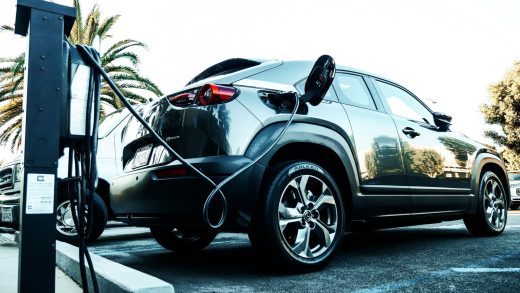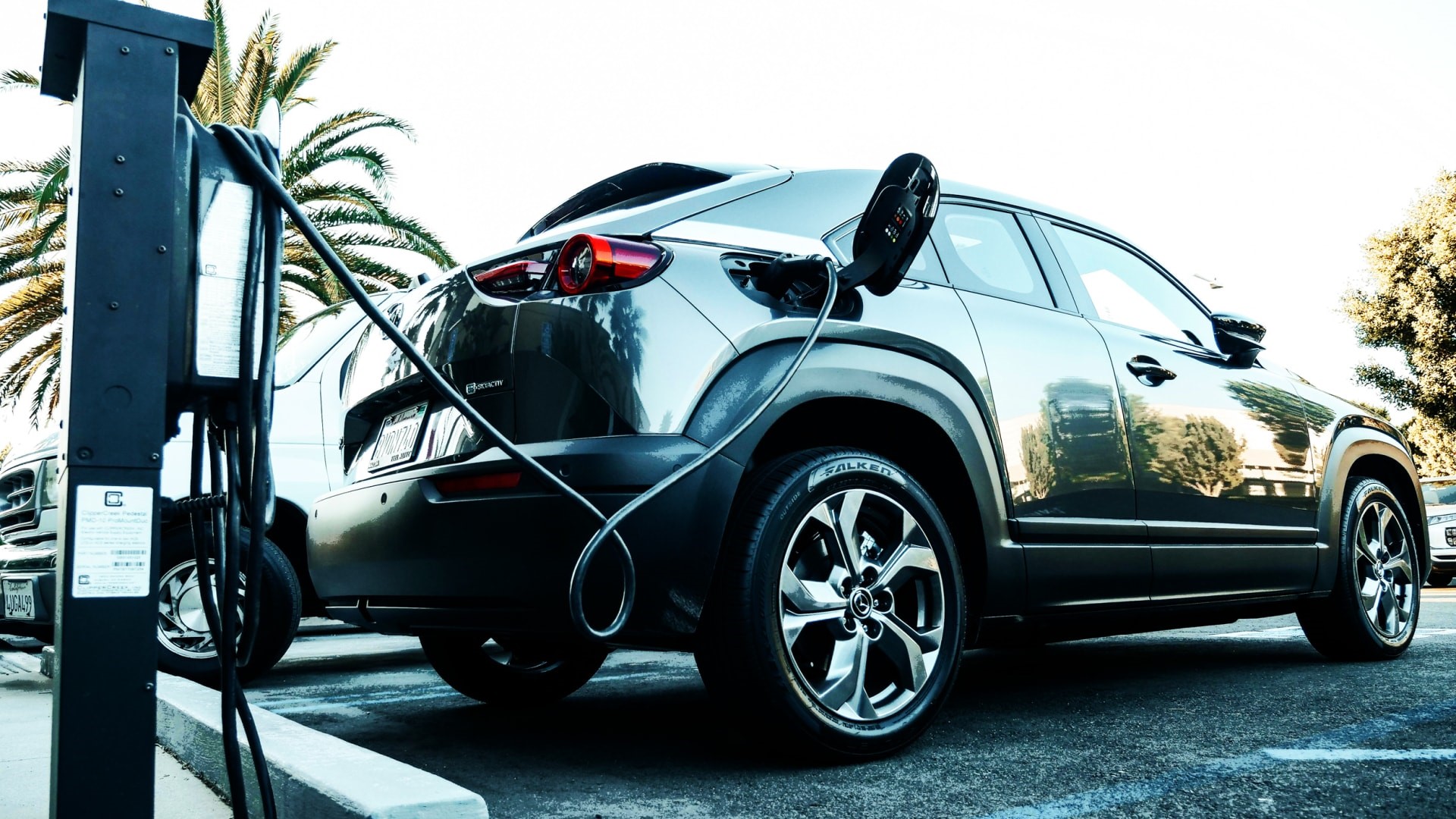The EV revolution is stalling out. Blame prices and infrastructure
The EV revolution is stalling out. Blame prices and infrastructure
We are at an awkward phase of EV adoption, and it’s unclear whether people are still gung ho about embracing the tech.
When it comes to cars, the science is clear: We are going to have to start swapping out our gas-guzzling automobiles for their electric counterparts. Yet those cleaner alternatives are more expensive, less reliable, and still cause stressful range anxiety.
We are, in other words, at an awkward phase of EV adoption, and it’s unclear whether people are still gung ho about embracing the tech, or if the EV revolution is going to get stuck in first gear.
A costly decision
Making matters worse for potential buyers, many EVs are likely to get a lot more expensive. Spooked by the potential of cheap Chinese cars flooding the market, the Biden administration has increased the tax rate on imported EVs to 102.5% this year from 27.5% before. Morgan Stanley research suggests that the move could slow the incursion of Chinese EVs into the United States.
For those who do opt for an EV, charging can still present a problem: According to recent research by Harvard Business School, one in five charging points across the U.S. don’t work.
Layer on top a bubbling geopolitical trade war—as the U.S. and European Union introduce import tariffs on Chinese-made vehicles—and you begin to see strong headwinds against making the leap to buy an already more-expensive car than its fuel-chugging equivalent. That said, a recent University of Michigan study suggests there is in fact rough price parity between the two on a macro level: EVs are a better bargain in some areas, while gas cars are cheaper in others.
“EVs often get a rough ride, and sometimes with good reason, such as the issue of levies on Chinese-imported cars and the regular unavailability of chargers,” says Aidan Rushby, CEO and founder of Carmoola, a vehicle finance and insurance company. “Additionally, the industry faces broader issues such as supply chain disruptions and varying global regulations that could impact EV availability and pricing.” While parts shortages have hit all vehicles, including gas cars, it’s the computer chips and batteries that power EVs that are in acute short supply.
Revving up to go?
Infrastructure concerns aren’t limited to the U.S. While the EU’s Alternative Fuels Infrastructure Regulation will improve EV infrastructure (including a better ratio of chargers to vehicles in operation in the years to come), there are still problems with easy access to infrastructure, says Matthias Schmidt, an independent automotive expert based in Germany. Europe will still face high costs when it comes to EV charging, for example.
Like the U.S., Europe has slapped import levies on Chinese EVs; although, at an average of 21%, they’re far lower than the eye-watering amounts the Biden administration has been keen to introduce. The impact of the levies will be more muted in Europe than the U.S., Schmidt says, in part because Chinese manufacturers already have healthy margins in Europe. At the same time, to a certain extent the manufacturers couldn’t afford to hike their prices to retain those large margins because they’re not as recognizable names when compared to more well-known marques.
Constantly lingering in the background for any would-be EV buyers is range anxiety and the paucity of charging points. Indeed, there would need to be an astronomical increase in the number of charging points built in the U.S. to meet forecast demand by 2030, according to Loren McDonald of industry analysts EVAdoption. In all, 2.8 million stations could be needed by 2030, according to EVAdoption.
Muted outlook
However, those bullish demand forecasts could all be for naught. BloombergNEF analysts recently slashed their outlook for sales of EVs through 2026 by 13%. (Plug-in hybrid vehicles could still see growth, the researchers suggested.)
For Luke Tonachel, director of the clean vehicles and fuels team at the Natural Resources Defense Council, a New York nonprofit, there’s still a case to make for going electric. “Anybody shopping for a new car should seriously look at the EV options,” he says. Though anxieties over range and charging infrastructure still loom large for many, Tonachel points out that the majority of owners charge their vehicles privately, and that individual states are starting to roll out more public charging infrastructure in the meantime.
“While there’s been a lot of focus and criticism of the federal charging investments, the program is really hitting its stride now,” Tonachel says. “What we’re seeing right now is a strong foundation.”
ABOUT THE AUTHOR
(16)



